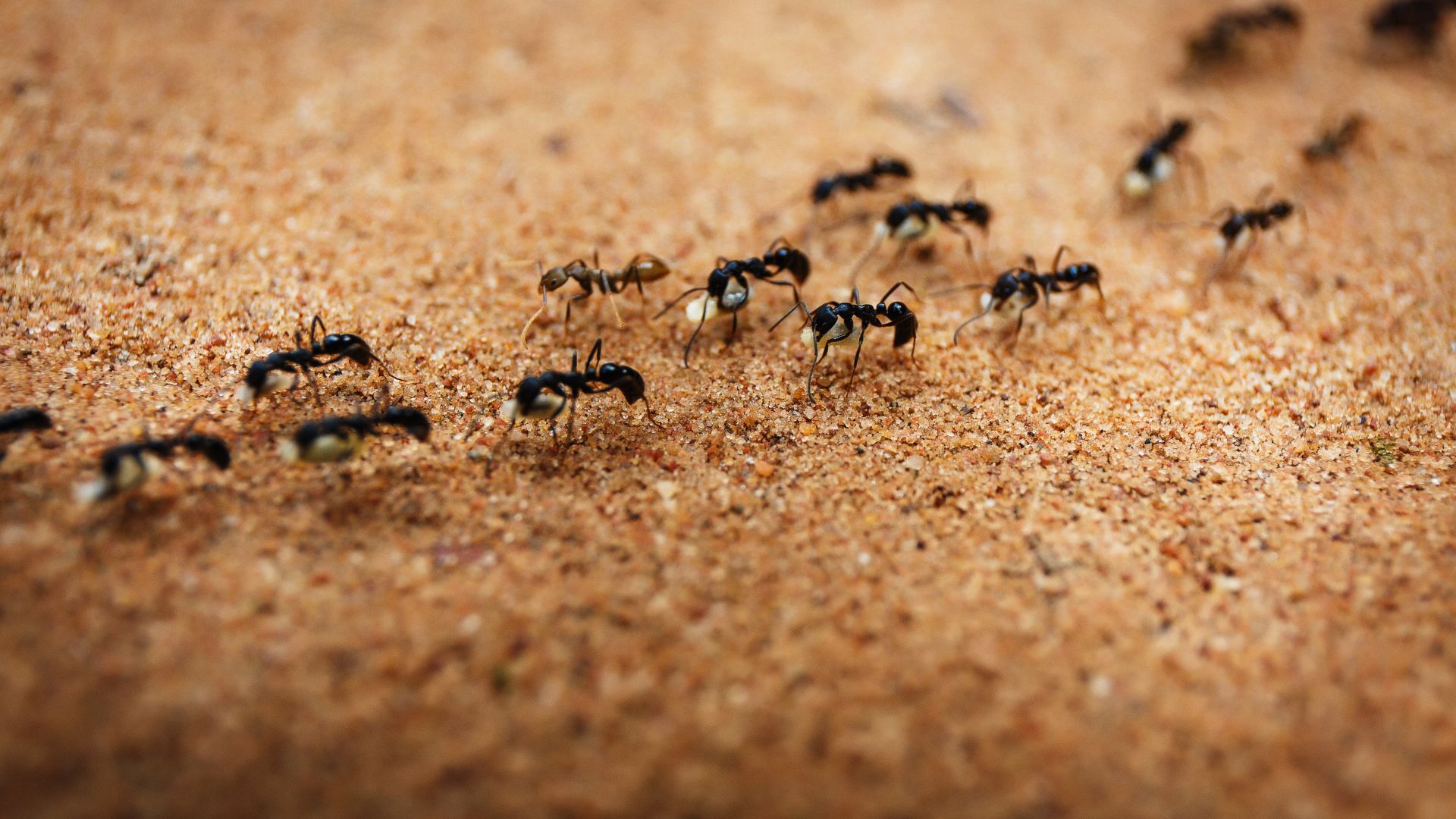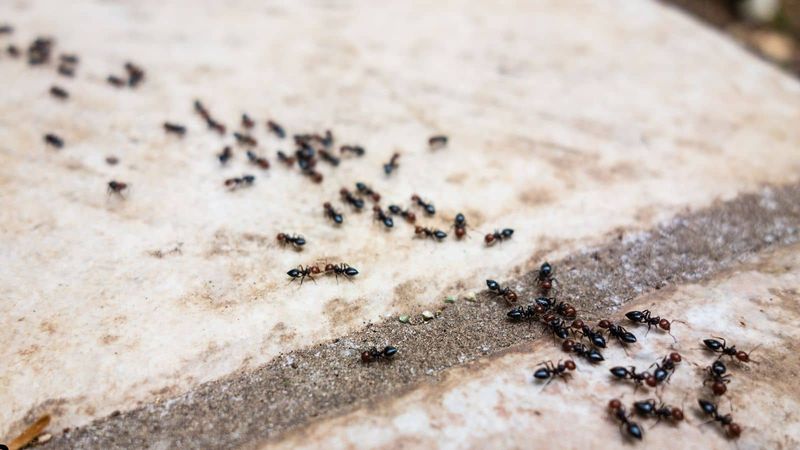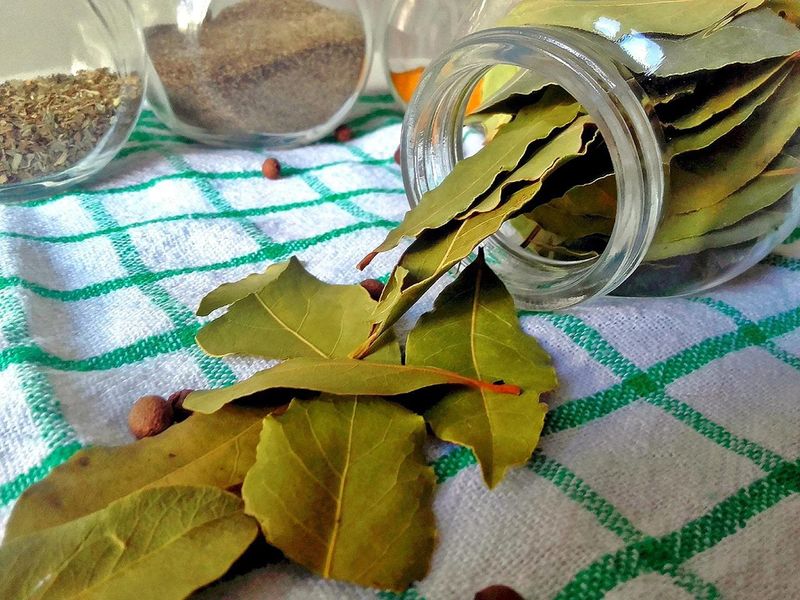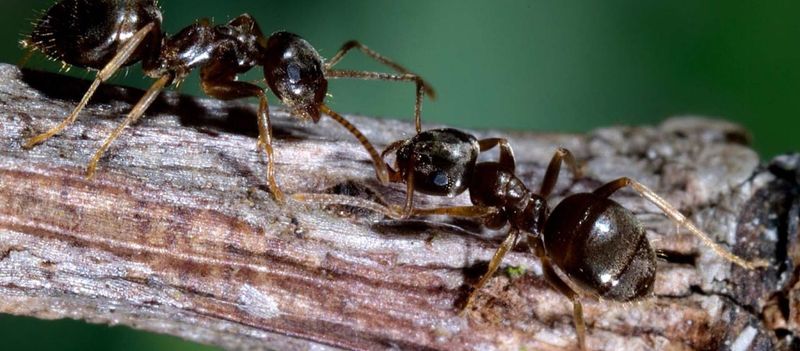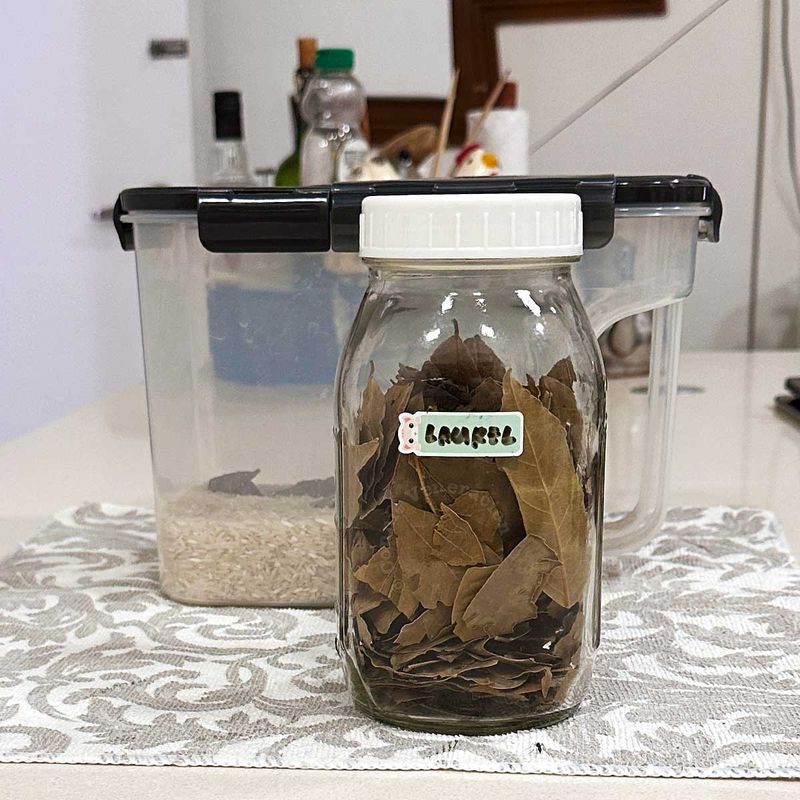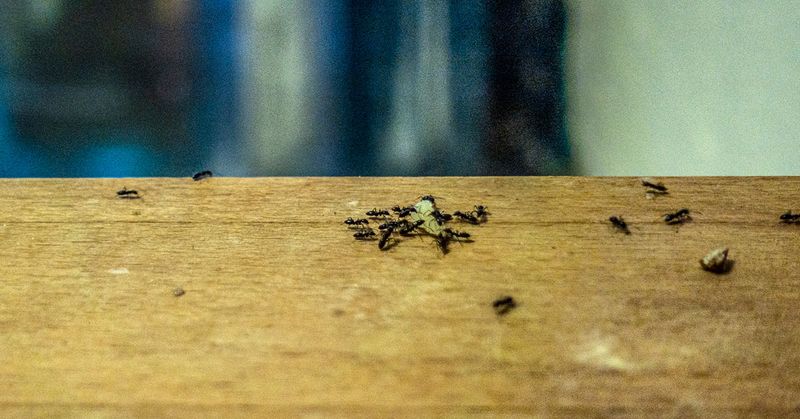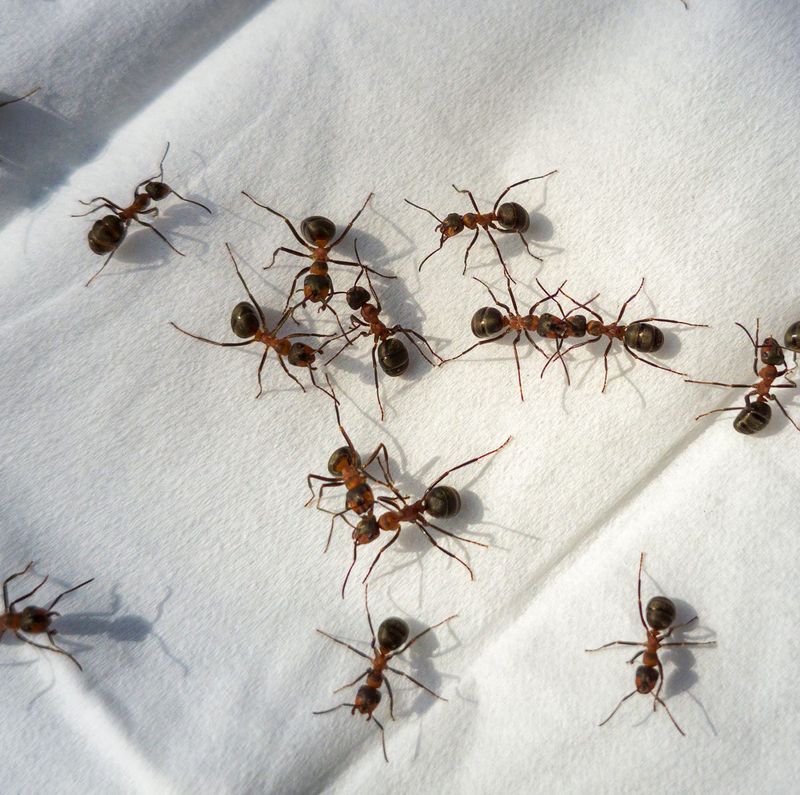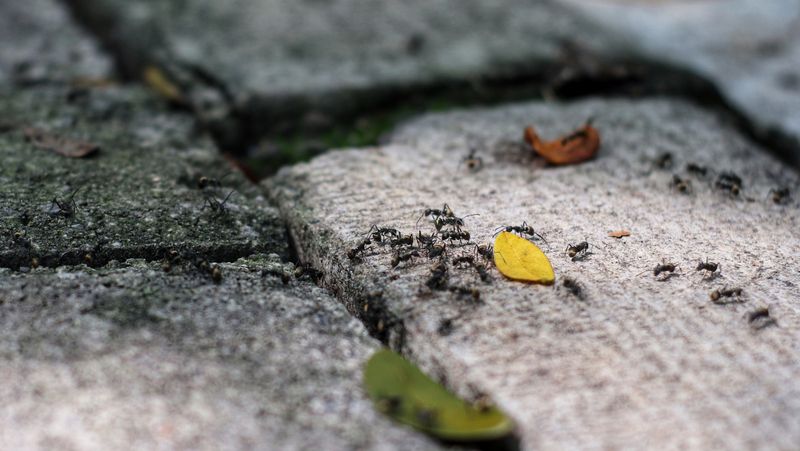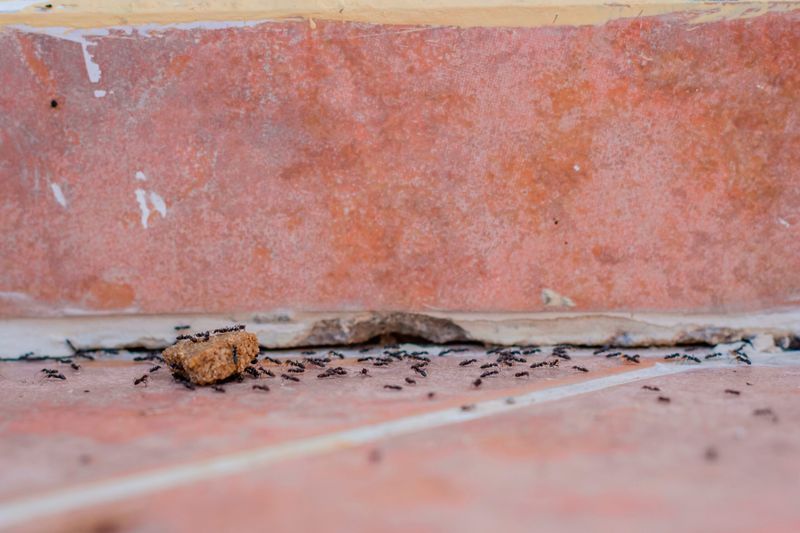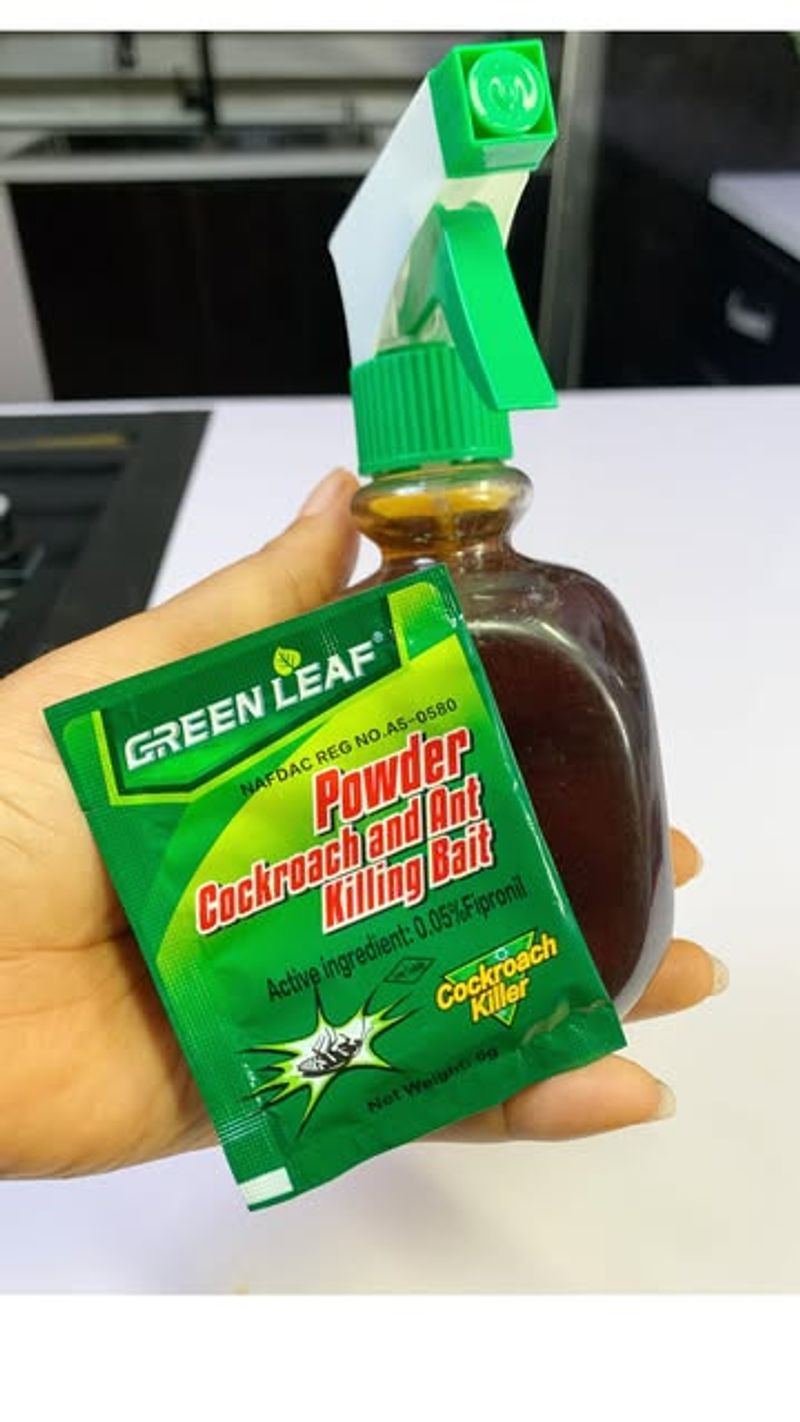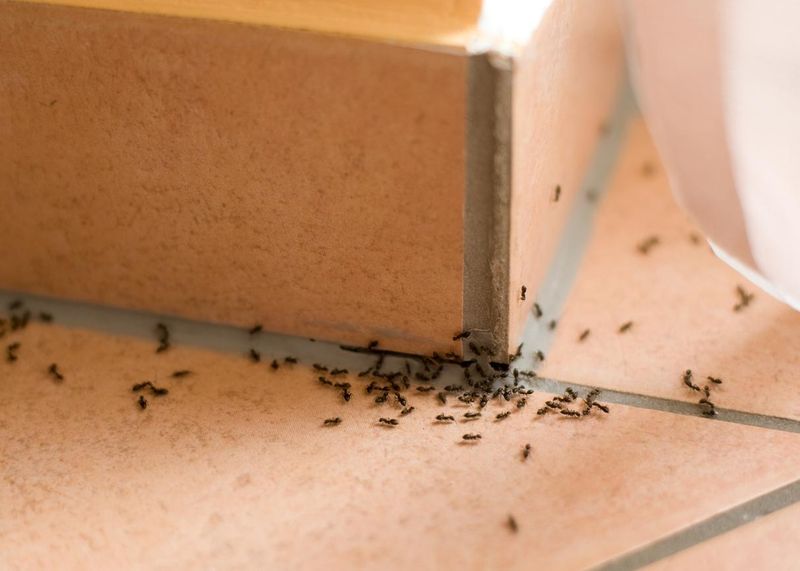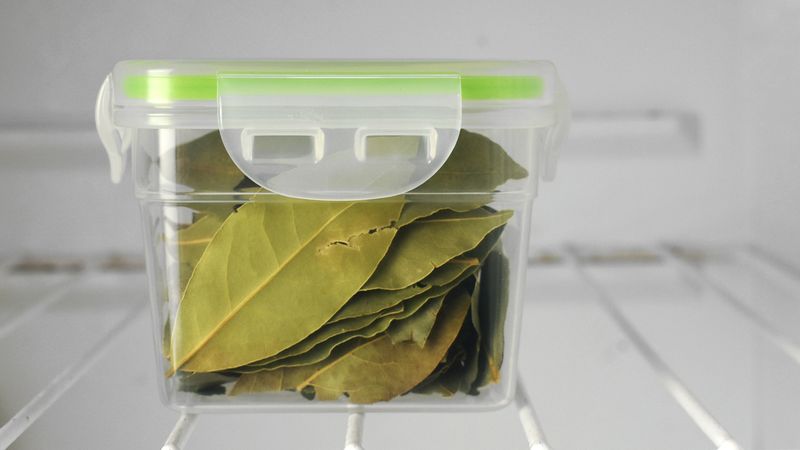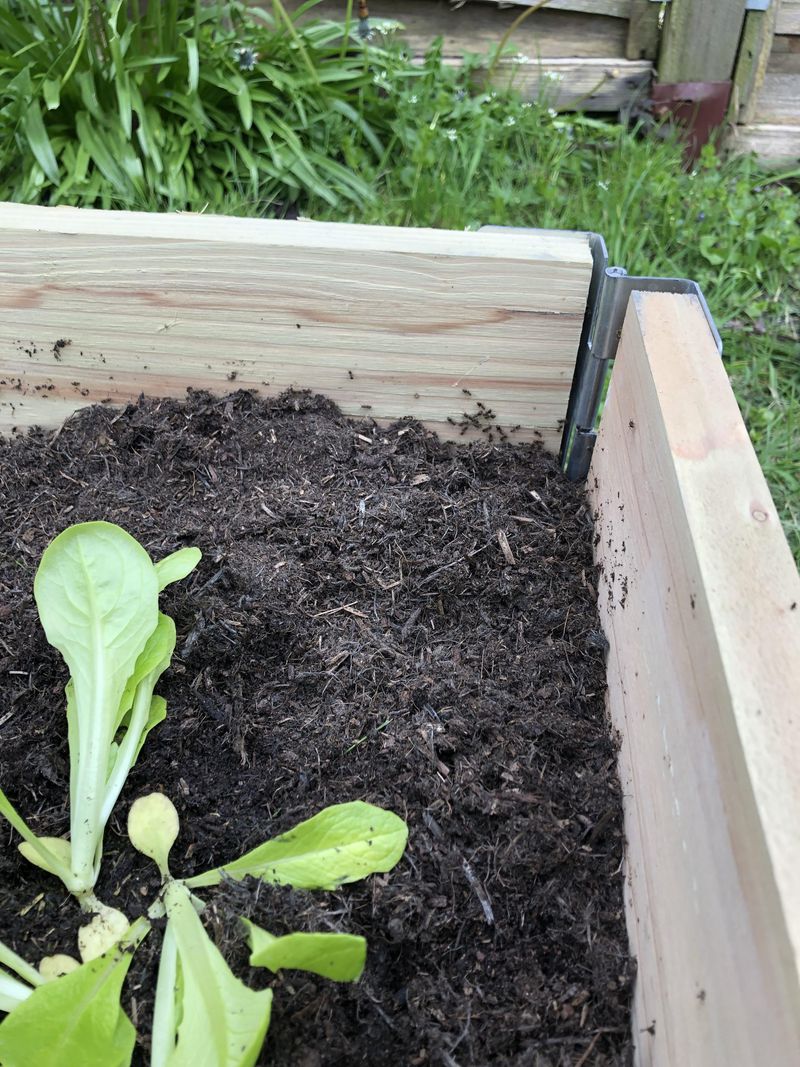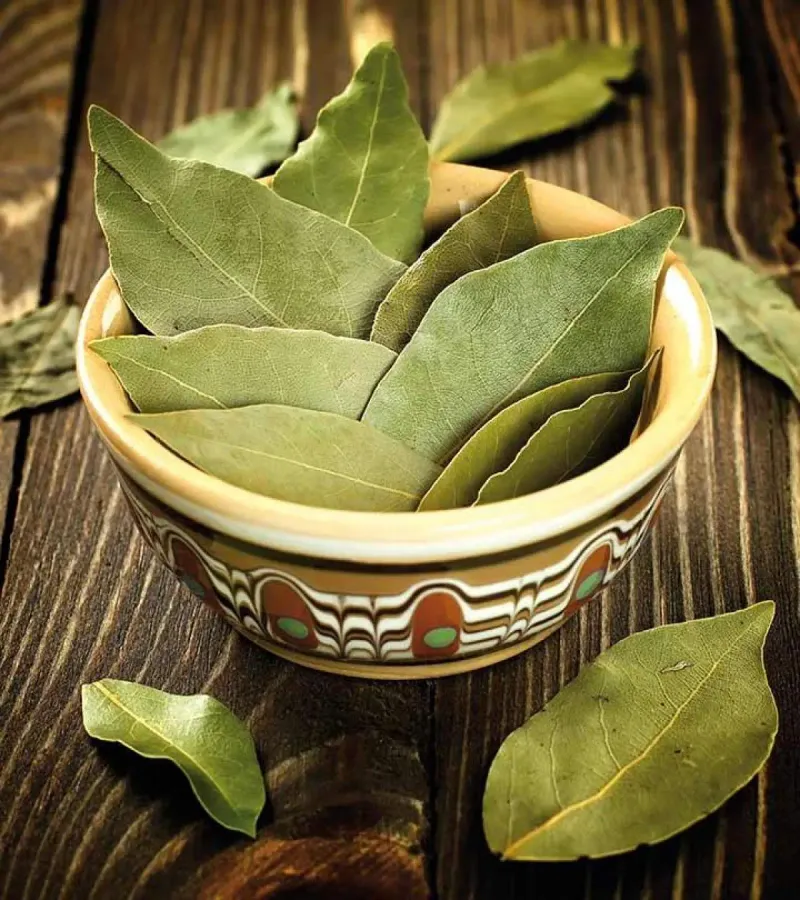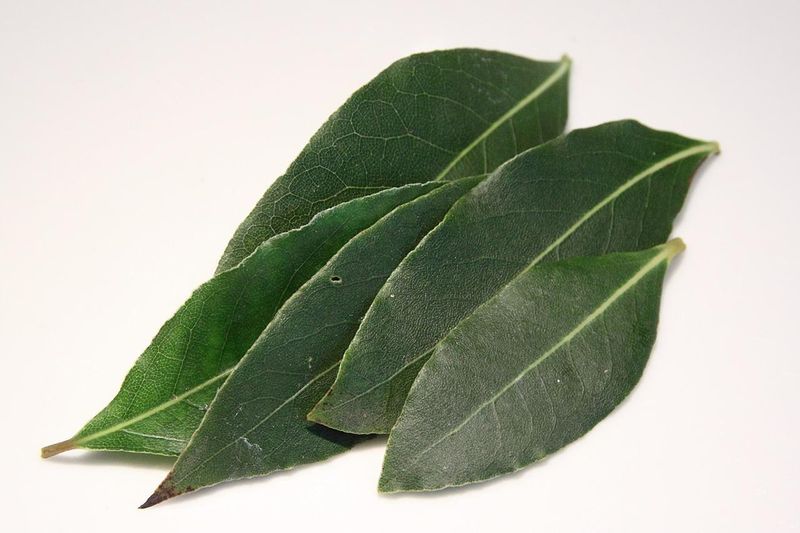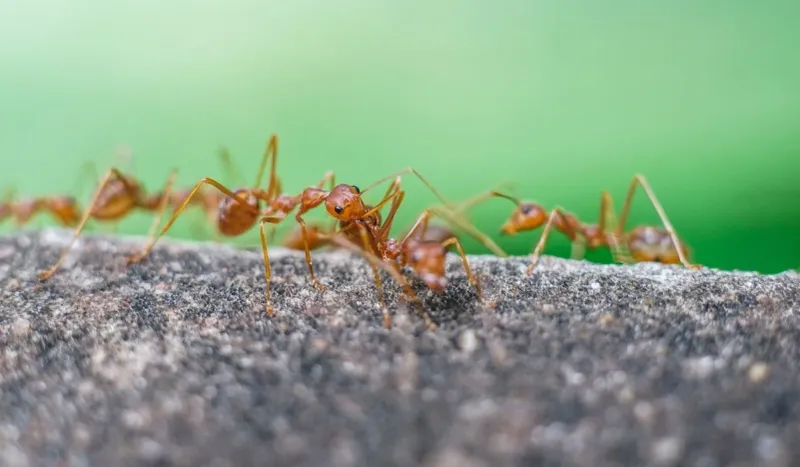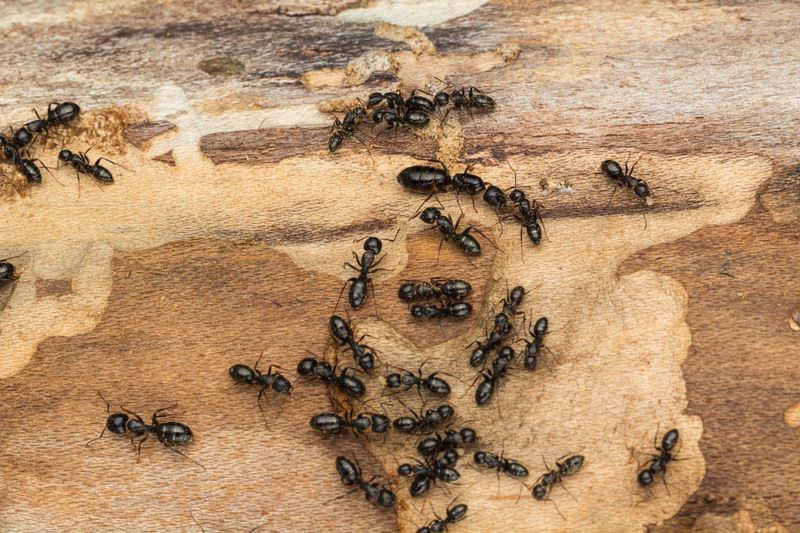Ants invading your home can be such a headache, especially when you want to steer clear of strong chemicals. I’ve heard from plenty of folks that bay leaves—the same ones you use in cooking—can actually help keep those tiny intruders at bay.
It sounds almost too simple, right? People often just tuck a few bay leaves near windows, doorways, or anywhere ants like to march through. The smell is supposed to confuse or repel them, which is pretty neat for something so easy to try. I’ve even given it a shot myself, just placing a couple around the kitchen, and it did seem to help a bit.
That said, bay leaves aren’t a magic fix for every ant problem. Sometimes you might need to try other natural tricks or even call in backup if the ants are really stubborn. But if you’re after a gentle, low-effort option, bay leaves are definitely worth a shot.
1. Strong Scent Disrupts Ant Trails
The powerful aroma compounds in bay leaves overwhelm an ant’s sensitive smell receptors. This disruption makes it difficult for worker ants to follow their chemical trails back to the colony.
I’ve scattered dried leaves near my kitchen doorway during summer, and noticed scout ants becoming visibly confused. They wander aimlessly instead of marching in their usual organized lines.
For best results, crush the leaves slightly before placing them. This releases more of the aromatic compounds that interfere with the ants’ navigation system.
2. Natural Eugenol Content
Eugenol, a compound found in bay leaves, acts as a natural insect repellent. Many commercial products use synthetic versions of this same compound to ward off various pests.
My neighbor, a retired botanist, explained that eugenol affects the nervous systems of tiny insects. The concentration in bay leaves isn’t harmful to humans but creates an environment ants prefer to avoid.
Fresh bay leaves contain higher concentrations of eugenol than dried ones. Consider growing a small bay laurel plant if you frequently battle ant invasions in your home.
3. Creates Physical Barriers
The texture and shape of bay leaves can create uncomfortable barriers for tiny ant feet. Placing them in doorways or windowsills forces ants to crawl over these foreign objects to enter your home.
During spring, I line my windowsills with overlapping bay leaves. The small, leathery leaves create an obstacle course that many scout ants choose to avoid rather than navigate.
Try creating a complete perimeter around problem areas rather than just placing individual leaves. A continuous barrier proves more effective than scattered leaves with gaps between them.
4. Bitter Taste Deters Feeding
The bitter compounds in bay leaves make food sources less appealing to foraging ants. When placed near pet food bowls or pantry items, these leaves can protect your supplies from becoming ant magnets.
Last summer, tiny ants kept finding their way to my cat’s food dish. Placing a few bay leaves around the feeding area significantly reduced the problem without bothering my pet.
Replace the leaves every few days as their potency diminishes with time. Fresh barriers maintain the bitter deterrent that keeps ants from treating your home like their personal buffet.
5. Low-Cost Household Solution
Most kitchens already have bay leaves tucked away in the spice cabinet. This makes them an immediately available solution when you spot ant activity, without requiring a special trip to the store.
During a sudden ant invasion last weekend, I grabbed my bay leaf jar while waiting for the hardware store to open. The quick response helped contain the problem before it spread throughout the kitchen.
A single jar of bay leaves costs roughly the same as a coffee but can provide months of ant protection. Few natural remedies offer such affordable peace of mind.
6. Non-Toxic To Pets And Children
Unlike chemical ant killers, bay leaves pose minimal risk to curious pets or small children. They offer peace of mind for families concerned about exposure to harsh pesticides in living spaces.
When my grandson started crawling, I switched from commercial ant sprays to bay leaves in problem areas. The natural approach eliminated my worries about him touching treated surfaces.
While generally safe, whole bay leaves can be a choking hazard. Consider using a mesh sachet in homes with very young children or pets who might try to eat them.
7. Pleasant Aroma For Humans
The same scent that repels ants actually smells quite pleasant to humans. Unlike vinegar or other natural repellents, bay leaves add a subtle, earthy fragrance to your home while deterring pests.
Guests have actually complimented the herb-garden scent in my pantry, not realizing the bay leaves were strategically placed for ant control. Their aromatic quality serves double duty as a natural air freshener.
Lightly crushing the leaves releases more fragrance. This enhances both the pleasant effect for humans and the repellent properties that keep ants at bay.
8. Effective Against Multiple Ant Species
Various ant species seem to respond similarly to the compounds in bay leaves. This versatility makes them useful against different types of household ant invasions throughout the year.
The tiny sugar ants that appear in spring and the larger carpenter ants that show up in summer both avoided areas where I placed bay leaves. This consistent effectiveness saved me from needing multiple specialized products.
Some species may be more resistant than others, but most common household ants show at least some aversion to the leaves. This broad-spectrum approach helps with unidentified ant problems.
9. Targets Entry Points Effectively
Placing bay leaves at known entry points creates protective barriers exactly where they’re most needed. This targeted approach concentrates the repellent effect where ants first attempt to enter your home.
After tracking ant movements for a few days, I identified three main entry cracks near my patio door. Stuffing these specific spots with crushed bay leaves dramatically reduced indoor sightings within 48 hours.
Door thresholds, window frames, and utility pipe entrances make perfect placement spots. A small leaf tucked into these tight spaces can block an entire potential ant highway.
10. Long-Lasting Compared To Sprays
Many liquid repellents evaporate quickly, requiring frequent reapplication. Dried bay leaves, however, maintain their repellent properties for weeks, providing extended protection with minimal maintenance.
Throughout one particularly ant-heavy summer, I only needed to replace the bay leaves in my problem areas every three weeks. Commercial sprays would have required daily attention during the same period.
Storing extra bay leaves in an airtight container preserves their potency. This ensures you always have effective replacements ready when the current leaves begin losing their repellent strength.
11. Complements Other Natural Methods
Bay leaves work well alongside other natural ant deterrents like cinnamon or coffee grounds. This combination approach creates multiple layers of protection against persistent ant problems.
My most effective ant barrier combines bay leaves with a light dusting of cinnamon along windowsills. The two natural repellents seem to reinforce each other, creating a more effective deterrent than either used alone.
Try alternating different natural repellents in problem areas. This variety prevents ants from becoming accustomed to a single deterrent and finding ways around it.
12. Prevents Food Contamination
Tucking bay leaves into food storage containers creates a protective barrier that keeps ants out of pantry items. Many bakers have traditionally included bay leaves in flour and grain containers for this very purpose.
My grandmother taught me to slip bay leaves into sugar canisters and cereal boxes. Her depression-era wisdom still works perfectly today – I haven’t found a single ant in my protected foods.
Replace pantry bay leaves monthly to maintain effectiveness. The subtle flavor they impart is generally too mild to affect most stored foods, making them safe for most dry goods.
13. Easy To Apply Without Mess
Unlike sticky traps or liquid treatments, bay leaves don’t create residue or difficult cleanup situations. Simply place them where needed and remove when they’re no longer effective.
The neighbor’s toddler once knocked over my ant trap, creating a sticky disaster on my kitchen floor. Since switching to bay leaves, even accidental disturbances cause minimal mess or inconvenience.
Their dry, contained nature makes bay leaves particularly suitable for carpeted areas or near fabrics. No staining or residue means they can be used near valuable furnishings without worry.
14. Traditional Use Across Cultures
The practice of using bay leaves against insects has persisted across many cultures for centuries. This long history suggests there’s genuine efficacy behind the traditional knowledge.
My Greek grandmother kept bay branches near her doors, while my Indian friend’s mother tucked leaves into rice containers. Despite their different backgrounds, both relied on this plant for similar protective purposes.
Ancient Romans considered bay leaves symbolic of protection, wearing crowns of laurel leaves during important events. This protective symbolism extended to keeping household pests at bay.
15. Environmentally Friendly Option
Commercial pesticides often contain chemicals that persist in the environment. Bay leaves biodegrade naturally, making them an eco-conscious choice for the environmentally aware homeowner.
After learning about the impact of chemical pesticides on local waterways, I committed to natural alternatives. Bay leaves allow me to control ants without contributing to environmental contamination.
Used leaves can even be composted after they’ve served their purpose as ant repellents. This zero-waste approach completes a natural cycle rather than adding more chemicals to our ecosystem.
16. Ineffective Against Large Infestations
Once ant colonies establish strong indoor pathways, bay leaves alone typically can’t reverse the situation. Their repellent properties work best as preventative measures rather than solutions for major invasions.
Last summer, I discovered a massive ant colony had established itself inside my garage wall. Despite surrounding the area with bay leaves, the infestation was too entrenched to be affected by the mild repellent.
Professional intervention becomes necessary when dealing with thousands of ants or multiple established indoor trails. Bay leaves might complement professional treatments but shouldn’t be your only approach for serious problems.
17. Less Effective In High-Moisture Areas
Humid environments like bathrooms or under-sink areas can reduce bay leaves’ effectiveness. The moisture breaks down the aromatic compounds faster and dampens the repellent scent that deters ants.
Despite regular replacement, bay leaves near my leaky bathroom sink never seemed to work as well as those in my dry pantry. The constant humidity neutralized their natural repellent properties within days instead of weeks. Consider dehumidifiers in combination with bay leaves for damp problem areas.
Alternatively, other natural methods like diatomaceous earth might prove more effective in high-moisture environments where bay leaves underperform.

